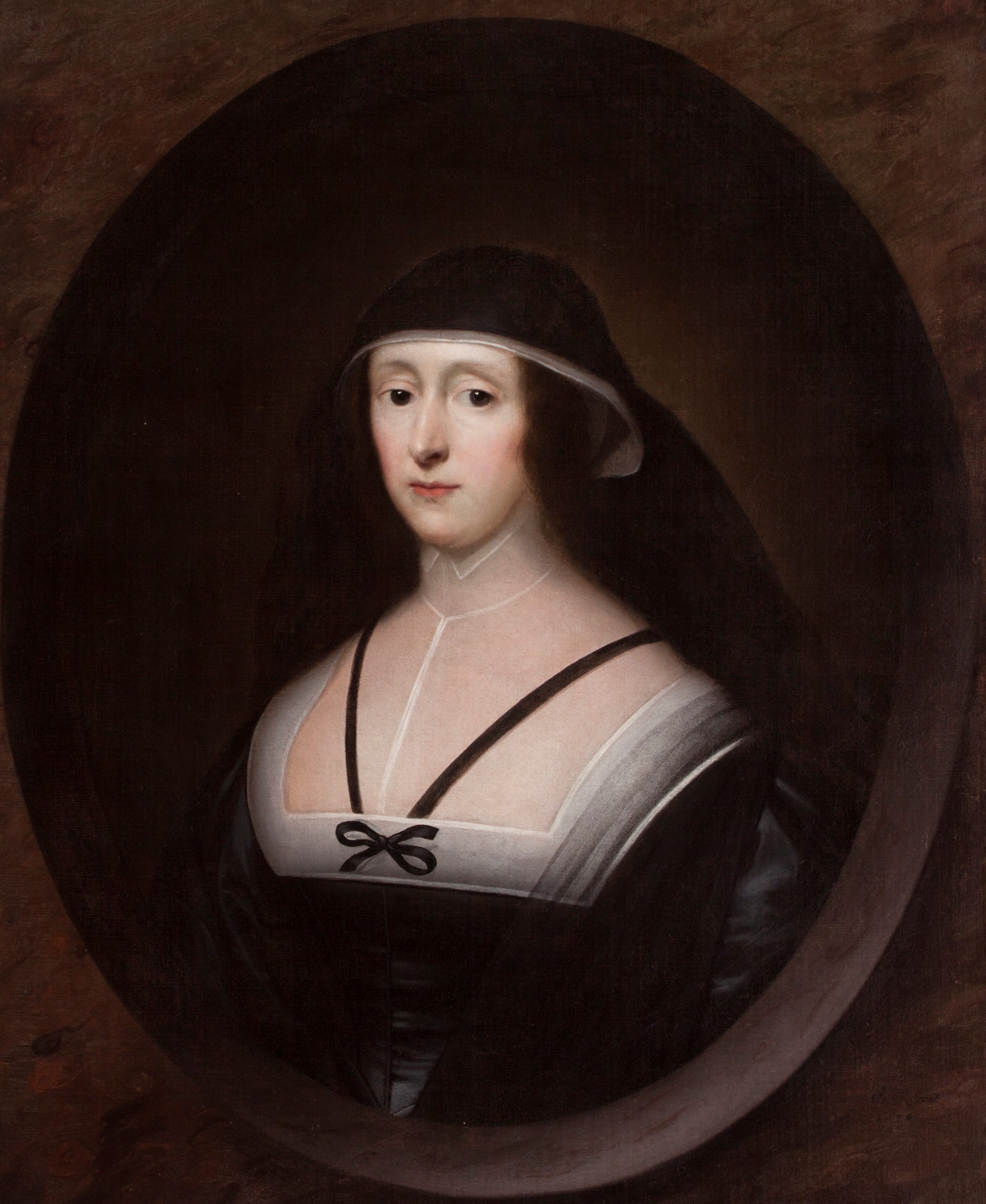Portrait of a Lady

Cornelis Jonson van Ceulen (Cornelius Johnson) (b. London, England 1593–1661 Utrecht, Netherlands), Portrait of a Lady, 1636, Oil on canvas, 31 1/2 in. x 25 in. (80 cm x 63.5 cm), Gift of Frank M. Wooten in honor of Karina Corrigan (Class of 1993) 2021.9
The Davis was recently gifted a portrait of an unknown woman painted by Cornelis Jonson van Ceulen in 1636. Jonson was born in London to Flemish-German parents who had emigrated from Antwerp during the sixteenth century to escape religious persecution against Protestants under the Catholic Spanish Habsburgs. After a period of artistic training in the Dutch Republic, he opened a portrait studio in London. His clientele included aristocrats, merchants, physicians, ministers, lawyers, and diplomats, a significant portion of whom came from the large community of Netherlandish immigrants. In a country with few opportunities for formal artistic training, artists trained in the Low Countries were highly sought after by the highest levels of society, including the English court. In 1632, Jonson joined other several other Dutch- and Flemish-trained artists as an official painter to Charles I. Shortly after the outbreak of the English Civil War, Jonson relocated to the Dutch Republic, where he continued as a portraitist for the remainder of his career.
The first work by the artist in the collections, this portrait exhibits many characteristics that are representative of Jonson’s output during the 1630s. Jonson was the first British-born artist to consistently sign and date his work, as seen in the signature on this painting: “C.J. fecit 1636.”1 As in the majority of his paintings for the English gentry, the head and shoulders of the unknown sitter are situated within a fictive, oval-shaped stone frame and set against a plain brown background. Jonson took particular care when rendering his sitters’ clothing and accessories. Here, the woman’s loose wavy hair is topped by a white cap and a long, black hooded cloak. She wears a black silk gown with rigid bodice, voluminous sleeves, and a square neckline, bordered in white trim. Two delicate strips of black ribbon cross her décolleté, laying over a gauzy swath of fabric that secures beneath her chin. Because he typically dated his paintings and faithfully represented his subjects’ dress, Jonson’s portraits are of great value for understanding the fashions of seventeenth-century England.2
1 Karen Hearn, Cornelius Johnson, London: Paul Hoberton Publishing, 2015, 8.
2 Aileen Ribeiro, Fashion and Fiction: Dress in Art and Literature in Stuart England, New Haven: Yale University Press, 2006, 121.